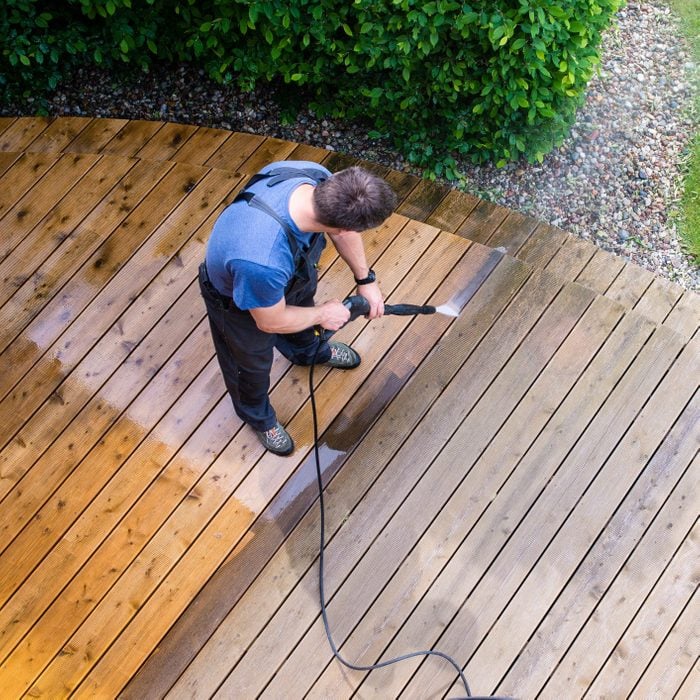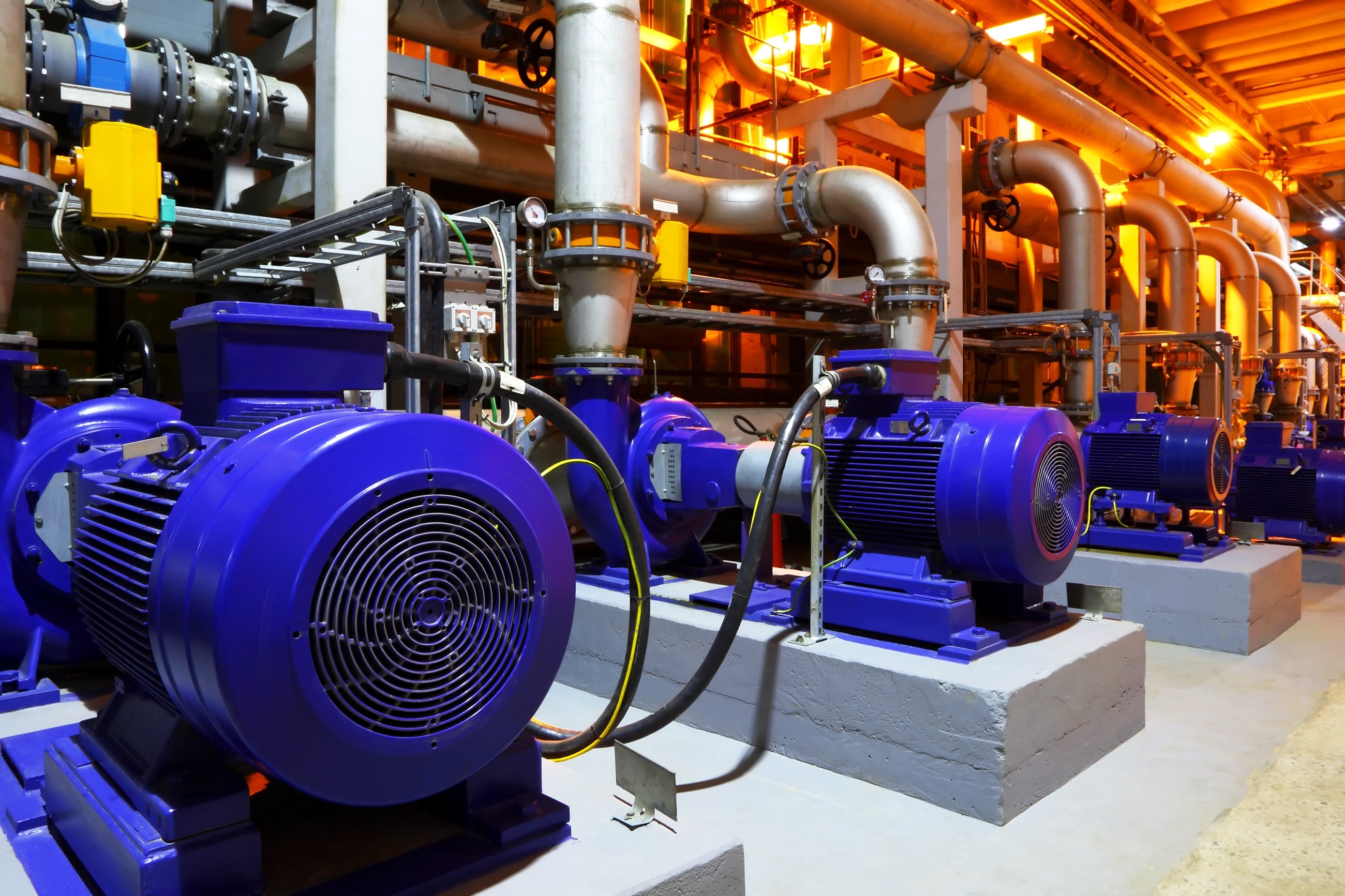Swift Fixes for Reduced Water Pressure in Your Home
Swift Fixes for Reduced Water Pressure in Your Home
Blog Article
They are making a number of good observations on Low Water Pressure in the House? as a whole in this content on the next paragraphs.

Low tide stress in your home can be an irritating trouble, influencing whatever from bathing to cleaning meals. If you're experiencing weak water circulation, there are several feasible causes and services to explore. In this guide, we'll talk about usual reasons for low tide stress and useful steps to resolve the concern effectively.
Introduction to Low Water Stress
Low water pressure occurs when the circulation of water from your taps, showers, and other fixtures is weaker than normal. This can make everyday jobs much more tough and much less reliable. Recognizing the root causes of low water stress is crucial to discovering the appropriate solution.
Usual Sources Of Low Water Pressure
Pipeline Obstructions
With time, pipelines can come to be clogged with natural resource, sediment, or particles, restricting the flow of water. This is an usual issue in older homes with galvanized steel pipelines.
Deterioration
Rust within pipes can result in leaks and decreased water pressure. Rust accumulation can constrict water flow, especially in aging plumbing systems.
Faulty Pressure Regulatory Authorities
Pressure regulatory authorities are accountable for keeping consistent water stress in your house. If they malfunction, it can lead to low tide pressure or unequal circulation throughout your home.
Metropolitan Water Supply Issues
In some cases, the issue lies outside your home. Municipal supply of water issues, such as main line leakages or maintenance work, can momentarily reduce water stress in your location.
Exactly How to Identify Low Water Stress
Examining Faucets and Components
Begin by checking the water stress at different faucets and fixtures throughout your home. If the issue is isolated to details areas, it might show localized troubles.
Examining Pipes
Examine visible pipes for indicators of leakages, deterioration, or obstructions. Pay attention to any unusual noises, such as knocking or rattling pipes, which could indicate issues within the plumbing system.
Consulting with a Plumber
If you're unable to identify the source of low water stress, consider working with a professional plumber to carry out a complete inspection. They can recognize underlying problems and advise appropriate options.
Do It Yourself Solutions to Deal With Low Tide Pressure
Cleaning Aerators and Showerheads
Mineral deposits can accumulate in aerators and showerheads, lowering water flow. Get rid of and cleanse these elements regularly to boost water stress.
Flushing Hot Water Heater
Debris build-up in the water heater can restrict circulation and decrease effectiveness. Flushing the tank periodically aids remove sediment and maintain optimum performance.
Checking Stress Regulatory Authority
Guarantee that the pressure regulator is working correctly. Readjusting or replacing the regulator can aid bring back proper water stress throughout your home.
Clearing Clogs in Water Lines
For minor clogs, try making use of a plumbing snake or chemical drainpipe cleaner to clear obstructions in pipelines. Be cautious when utilizing chemicals and adhere to safety guidelines.
When to Call a Specialist Plumber
If DIY efforts stop working to resolve the concern or if you suspect significant plumbing problems, it's ideal to seek help from a qualified plumber. They have the know-how and tools to attend to complicated concerns safely and effectively.
Preventive Measures to Maintain Water Stress
Regular Maintenance
Schedule routine upkeep for your plumbing system to avoid concerns such as deterioration, leakages, and clogs. Attending to small troubles early can aid stay clear of even more significant fixings later.
Installing a Stress Booster
Think about mounting a stress booster pump to enhance water pressure in areas with constantly low circulation. This can be especially advantageous for multi-story homes or homes with high-demand fixtures.
Monitoring Water Use
Bear in mind water usage routines and prevent ill-using the plumbing system. Simple changes, such as incredible showers and washing loads, can assist preserve sufficient water pressure.
Conclusion
Handling low water pressure can be aggravating, however recognizing the underlying reasons and carrying out proper remedies can bring back optimum flow throughout your home. Whether it's cleansing aerators, inspecting pipes, or talking to a plumber, taking aggressive steps can guarantee a stable supply of water for your day-to-day needs.
FOUR WAYS TO FIX LOW WATER PRESSURE NOW
Turning on a shower or faucet only to find the water comes out in a sad, slow drizzle is never a good feeling. How exactly are you supposed to wash a pan or take a quick shower when it takes 10 minutes just to rinse off a little soap? The good news is that when your water pressure is bad, there's always a cause: typically one that can be easily fixed. Here are some of the most common causes of low pressure and what you can do to fix the issue:
DEBRIS AND MINERAL DEPOSIT BUILDUPS
If you notice low water pressure from just one or two of the fixtures in your house, the problem likely has to do with debris buildup. Water is full of minerals and other debris, all of which can accumulate in your pipes and on your fixtures. This can cause a blockage that affects how much water flows through. To fix this, try filling a small plastic bag with white vinegar, and use a rubber band to hang it around your showerhead or faucet. Let the head of the fixture soak for a few hours, and the vinegar should loosen the deposits.
WATER LEAKS
Leaks are another common cause of low water pressure. If water is flowing out of your plumbing through a hole or crack before it can reach your fixture, the pressure coming out of the faucet or showerhead will be lower. A plumbing professional is your best bet for finding and repairing a leak in your water supply pipes.
Leaks are another common cause of low water pressure. If water is flowing out of your plumbing through a hole or crack before it can reach your fixture, the pressure coming out of the faucet or showerhead will be lower. A plumbing professional is your best bet for finding and repairing a leak in your water supply pipes.
FOUR WAYS TO FIX LOW WATER PRESSURE NOW
Turning on a shower or faucet only to find the water comes out in a sad, slow drizzle is never a good feeling. How exactly are you supposed to wash a pan or take a quick shower when it takes 10 minutes just to rinse off a little soap? The good news is that when your water pressure is bad, there's always a cause: typically one that can be easily fixed. Here are some of the most common causes of low pressure and what you can do to fix the issue:
DEBRIS AND MINERAL DEPOSIT BUILDUPS
If you notice low water pressure from just one or two of the fixtures in your house, the problem likely has to do with debris buildup. Water is full of minerals and other debris, all of which can accumulate in your pipes and on your fixtures. This can cause a blockage that affects how much water flows through. To fix this, try filling a small plastic bag with white vinegar, and use a rubber band to hang it around your showerhead or faucet. Let the head of the fixture soak for a few hours, and the vinegar should loosen the deposits.
WATER LEAKS
Leaks are another common cause of low water pressure. If water is flowing out of your plumbing through a hole or crack before it can reach your fixture, the pressure coming out of the faucet or showerhead will be lower. A plumbing professional is your best bet for finding and repairing a leak in your water supply pipes.
Leaks are another common cause of low water pressure. If water is flowing out of your plumbing through a hole or crack before it can reach your fixture, the pressure coming out of the faucet or showerhead will be lower. A plumbing professional is your best bet for finding and repairing a leak in your water supply pipes.
A VALVE ISSUE
If you have low water pressure throughout your home, check your main shut-off valve to make sure it's completely open. You may also want to see if there's a pressure-reducing valve installed. If there is, have a plumber help you adjust the settings to get the pressure you're looking for.
OTHERS USING WATER
Believe it or not, your low water pressure could be caused by your neighbors. If you notice low pressure at certain times of day, it may be because you and the people living next to you have similar schedules - when everyone is showering at the same time, the pressure will be lower in every home. Low pressure throughout the neighborhood may also be caused by an issue with your municipal water supply. If that's the case, call the supplier to see if they're working on the issue.
https://www.rotorooter.com/blog/water-leaking/low-water-pressure-fixes/

Do you like reading up on Dealing with Low Water Pressure in Your Home? Try to leave a review down the page. We'd be happy to know your views about this post. We hope that you visit us again before long. Enjoyed our article? Please share it. Let others discover it. Thank you for taking the time to read it.
Book Today Report this page